Imagination can seem like an odd thing to bring into some subjects. We definitely find a place for it in the arts - music, art, drama, etc. It's easy to include in reading and writing. We've even managed to find a place for it in science lately as we become more stem focused and include hands-on learning. So, the 2 biggest gaps seem to be in Math & Social Studies. Could we encourage imagination in math lessons? How would that work? I'm going to share a few thoughts on fostering imagination throughout the curriculum.
 |
1. Let it Go!
Is it possible to hear that without singing the song from Frozen? As teachers, we like to plan and have every detail worked out to perfection. We even learn that is what we need for effective classroom management. That is true, but it doesn't do much for student-centered learning or imagination. We can try to find lessons where we can focus on the main objective and let the rest go. Just leave it up to the imagination and direction of the students. We are going to be making an Array City bulletin board when we return from break. The windows on the buildings are arrays and I have the students write the multiplication problem on the building too. In the past, I've shown them pictures of what the building could look like. We talk about shapes and roof lines None of that really matters. All that matters mathematically for this project is that the students learn about multiplication arrays. The building could be a cloud with a flower on top. Who knows? I can encourage them to use their imagination by letting that part be a blank canvas. Don't put ideas in their minds. Just let it go.
 Harriet Tubman |
| This work is in the public domain in the United States because it was published (or registered with the U.S. Copyright Office) before January 1, 1923. |
2. Flip reality
I love this one! This could be used in any subject, but history or science would be great. Take 2 facts and mix them up. Let the students tell you why this could work or not work. For instance, what if there was a gorilla living in the Arctic ice cap? The gorilla and polar bear are both mammals so wouldn't that work? Let the students figure it out - maybe make teams and each group can research to support their side. What if Harriet Tubman was living now? What would she think of our country today? Would she still be famous without the Underground Railroad? How might her childhood have been different?
3. Fuel the imagination with stories
This one is easy. Stories are an awesome way to get lost in imagination and I feel so sorry for those kids who haven't developed a love for reading yet. Imaginative stories aren't only in the fantasy genre. There are many type of stories that you can "get lost in" and imagine yourself in that place.
I didn't care much for fantasy when I was a kid. I remember feeling bored by A Wrinkle in Time (Madeline L'Engle). I really should go back and give that one another chance now. I mostly read historic fiction and mystery books. However, I distinctly remember loving some books that definitely stretched the imagination. I loved books that flipped reality just a bit. For instance, the book No Flying in the House (it's on my book list that I link to in this section) was a favorite and has now become a favorite with my 3rd grade students. I loved books like Can I Get There by Candlelight? which included some of my favorite themes: adventure, magic, different historical time period, horses, and suspense.
Don't you remember the wonder that you felt when Lucy pushed aside the heavy coats in the wardrobe and found herself in a magical land (The Lion, the Witch and the Wardrobe)? How about when you were reading about a rescued runt of a piglet who discovered a friend who could not only talk with him but could even write messages for the rest of the world (Charlotte's Web)? Sometimes we get completely lost in imaginary worlds like in the Dragon Wings series. Author Tui Sutherland said that she starts her books by drawing the maps. Isn't that interesting? That helps her to picture the characters in the places. Sometimes, it's just a very ordinary part of our world like a garden. That garden can come to life though when there is a mischievous rabbit named Peter on the loose! And how many of us would have loved to blame our messy rooms on a big group of pigs (Pigsty)!
I've put together a couple of book lists on my blog of picture books to fuel the imagination and elementary chapter books. There are some classics and some that might be new to you. The important thing is to expose your students to a wide variety of books. Find what sparks their imagination!
4. Story Telling
Story telling is a natural way to stretch the imagination. Some students may have an easier time with narrative type stories. Try these tips to encourage imaginative stories:
1. Who can tell the biggest whopper? They have probably never heard of that expression. You could tell them about fish stories - how that minnow can become a whale! Encourage them to tell stories aloud before writing them.
2. Think of an ordinary object being in a strange or unexpected place.
3. Let them do some madlibs to get the silly stories flowing!
4. Write a backwards story. Use a graphic organizer to plan a story and then go through it and try to change everything to the opposite. It's not about a dog - it's about a cat. It doesn't take place at home - it's on the moon! Change the ordinary to extraordinary.
5. Show them an unusual picture. I just saw one where there was furniture on every wall - you couldn't tell which side was the floor. Any unusual or interesting picture can get stories started.
I hope that these ideas have sparked YOUR imagination. How can you let something go (just
a bit!) to make room for some creative thinking by your students? Have fun with this one!






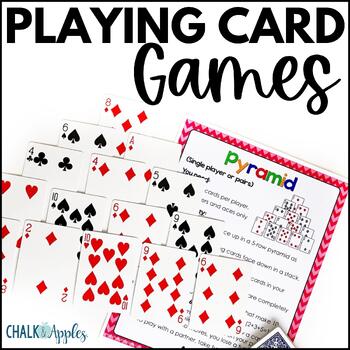
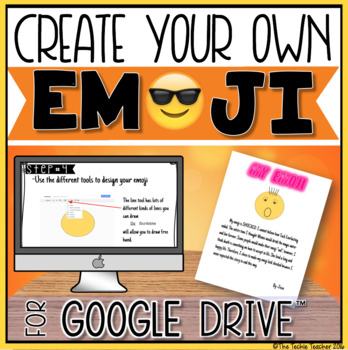
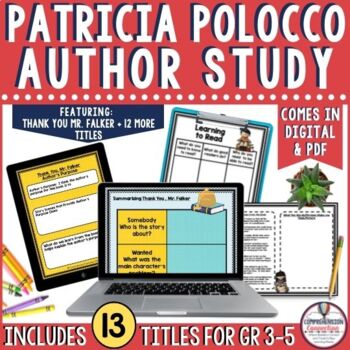

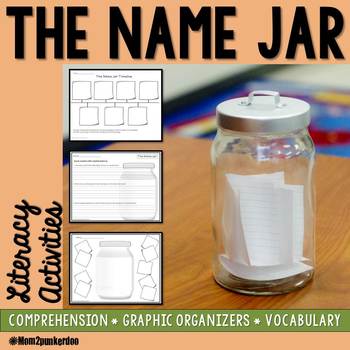

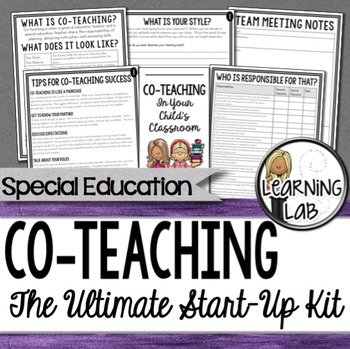
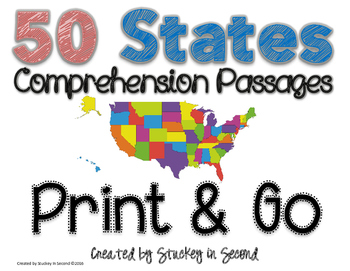
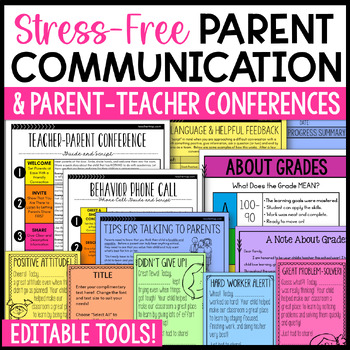
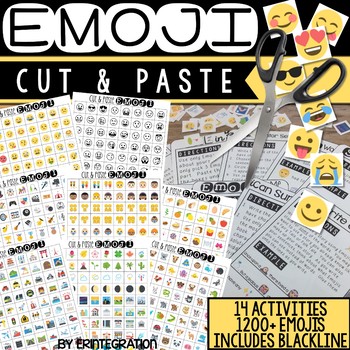
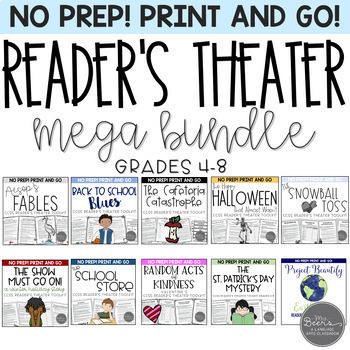
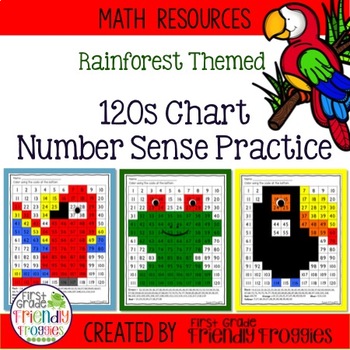

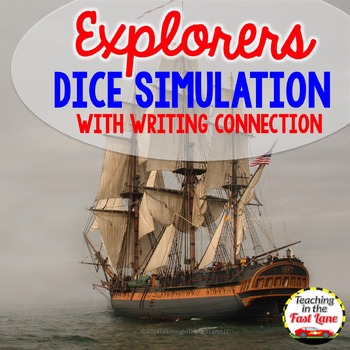





















Love your ideas, Melissa.
ReplyDelete